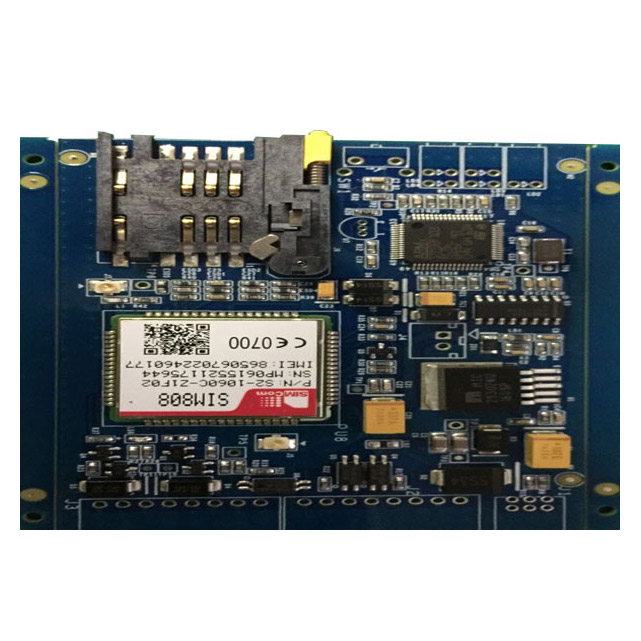Introduction:
Printed Circuit Board Assembly (PCBA) processing plays a crucial role in the manufacturing of electronic devices. However, defects can occur during the PCBA process, leading to faulty products and increased costs. To ensure the production of high-quality electronic devices, it is essential to understand the common defects in PCBA processing and take necessary precautions to prevent them. This article aims to explore these defects and provide valuable insights into effective preventive measures.
Solder Defects:
Soldering defects are among the most common issues in PCBA processing. These defects can result in poor connections, intermittent signals, and even complete failure of the electronic device. Here are some of the common solder defects and precautions to minimize their occurrence:
a. Solder Bridging: This occurs when excess solder connects two adjacent pads or pins, causing a short circuit. To prevent solder bridging, proper stencil design, accurate solder paste application, and precise reflow temperature control are crucial.
b. Insufficient Solder: Inadequate solder can lead to weak or intermittent connections. It is important to ensure the appropriate amount of solder is applied, which can be achieved through accurate stencil design, proper solder paste deposition, and optimized reflow profiles.
c. Solder Balling: This defect arises when small balls of solder form on the surface of components or PCB pads. Effective measures to minimize solder balling include optimizing stencil design, reducing solder paste volume, and ensuring proper reflow temperature control.
d. Solder Splatter: High-speed automated assembly processes can sometimes result in solder splatter, which can cause short circuits or damage components. Regular equipment maintenance, adequate cleaning, and precise process parameter adjustments can help prevent solder splatter.
Component Placement Errors:
Accurate component placement is essential for the proper functioning of electronic devices. Errors in component placement can lead to poor electrical connections and functionality issues. Here are some common component placement errors and precautions to avoid them:
a. Misalignment: Component misalignment occurs when the placement machine fails to position a component accurately on the PCB. Regular calibration of placement machines, using proper fiducial markers, and visual inspection after placement are important to identify and rectify misalignment issues.
b. Tombstoning: Tombstoning occurs when one end of a component lifts off the PCB during reflow, resulting in poor electrical connections. To prevent tombstoning, thermal pad design, component orientation, solder paste volume, and reflow temperature profiles should be carefully considered.
c. Reverse Polarity: Incorrectly placing components with polarity, such as diodes and electrolytic capacitors, can lead to critical failures. Visual inspection, double-checking polarity markings, and appropriate quality control procedures can help avoid reverse polarity errors.
d. Lifted Leads: Leads that lift off the PCB due to excessive force during component placement or reflow can cause poor electrical connections. It is crucial to ensure proper handling techniques, use of appropriate fixtures, and controlled component placement pressure to prevent lifted leads.
Electrical Issues:
Electrical issues can significantly impact the functionality and reliability of electronic devices. Here are some common electrical defects in PCBA processing and their preventive measures:
a. Open Circuits: Open circuits occur when there is no electrical connection between two points. Careful inspection, ensuring proper solder wetting, and adequate solder coverage through effective stencil design and proper solder paste deposition can help prevent open circuits.
b. Short Circuits: Short circuits are a result of unintended connections between two or more conductive points, leading to erratic behavior or failure of the device. Effective quality control measures, including visual inspection, electrical testing, and conformal coating to prevent short circuits caused by solder bridging or component damage.
c. Electrostatic Discharge (ESD) Damage: ESD can cause immediate or latent damage to electronic components, resulting in premature failure. Proper grounding, use of antistatic workstations and tools, and training employees on ESD prevention measures are crucial to prevent ESD-related defects.
Conclusion:
PCBA processing is a complex and crucial stage in electronic device manufacturing. By understanding the common defects that can occur during this process and implementing appropriate precautions, manufacturers can minimize costs, reduce scrap rates, and ensure the production of high-quality electronic devices. Prioritizing accurate soldering, component placement, and addressing electrical issues will contribute to the reliability and longevity of the final product. Adhering to best practices and investing in quality control measures will lead to improved customer satisfaction and a strong reputation in the industry.
Post time: Sep-11-2023
Back








